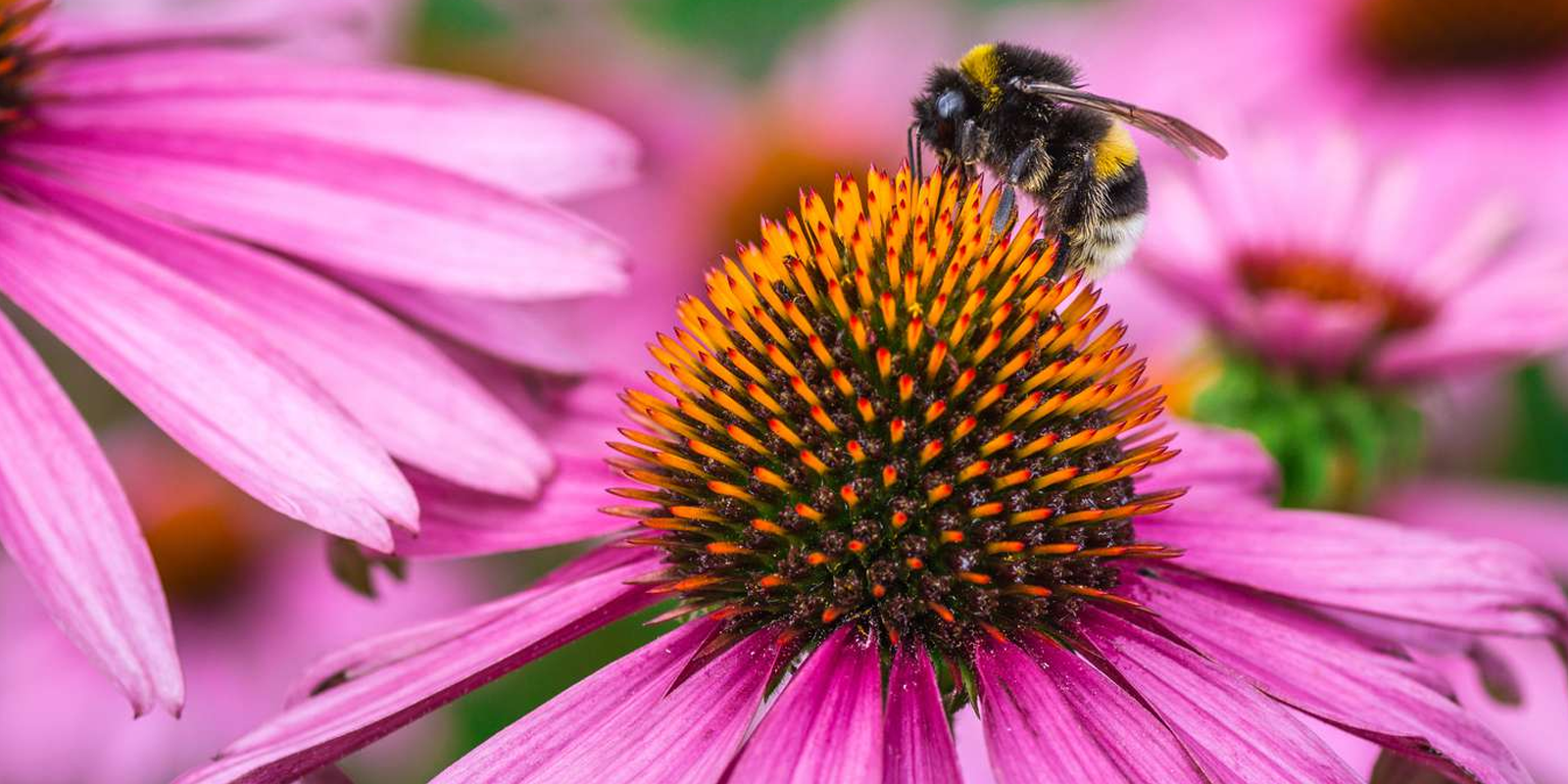
American Beauties: Native Plants Made Easy
Adding native plants to your garden and landscape has never been easier thanks to the American Beauties collection of native plants. American Beauties will provide essential nectar sources for our native pollinators and by planting native plants you will enjoy more birds, butterflies and beneficial insects in your garden. American Beauties are low maintenance too!
What is a Native Plant?
American Beauties defines natives as straight species and their cultivars, with cultivars being selections of the straight species.
A cultivar is a plant that has been selected and cultivated because of some unique quality it has such as: disease resistance, cold hardiness, height, flower form or color. Sometimes interesting varieties are found in nature and brought into cultivation making them cultivated varieties or cultivars.
Other definitions include "all indigenous, terrestrial, and aquatic plant species that evolved naturally in an ecosystem" (US Forest Service) and "a plant that lives or grows naturally in a particular region without direct or indirect human intervention" (USDA and US National Arboretum).
Choosing the Right Native Plants
Planting a variety of native trees, shrubs, and perennials will increase biodiversity and provide wildlife with essential sources of food, cover, and nesting opportunities. By choosing a mixture of deciduous and evergreen trees, you ensure that birds and other wildlife will always have access to shelter throughout the year.
Position trees and large shrubs strategically to block winter winds from your house and provide shade in the summer. This approach not only helps conserve energy but also lowers your carbon footprint. Additionally, whenever possible, opt for plants that were grown locally. We grow many native perennials right here at Estabrook's.
You should also consider the ultimate height and width of the plants you select, ensuring they will fit the space you have available when they reach maturity. For attracting butterflies and other beneficial insects, plant nectar plants in groups to make them more appealing and accessible.
If you need assistance, don't hesitate to ask for help! Our gardening pros can help you select the right plants for your home during your visit to Estabrook's. We also offer Garden Consultations that can offer even more personalized advice.
How to Plant Native Plants
Before you begin planting, ensure that your plants are well-watered. Use the plant tags to help you select an appropriate site, and be mindful of the plant's mature size. For trees, avoid planting them under power lines.
Dig a hole that is as deep as the pot but about twice as wide. Mix some of the soil you removed with well-decomposed manure or compost to enrich the planting area. Remove the plant from its pot and inspect it for dead or broken roots, removing any that you find.
Loosen the roots in the root ball to prevent them from continuing to grow in a circular pattern as they often do in pots. Center the plant in the hole and adjust its position until the best side is facing forward. Ensure that the plant is not set too deep or too shallow.
Backfill the hole with the amended soil, working it in to eliminate air pockets. Water the plant well but gently to avoid runoff. Refrain from fertilizing until the root system has been re-established.
Finally, mulch the area with 2-4 inches of composted organic mulch, such as wood chips or leaves. Be sure to leave several inches between the mulch and the plant stem to prevent potential issues.